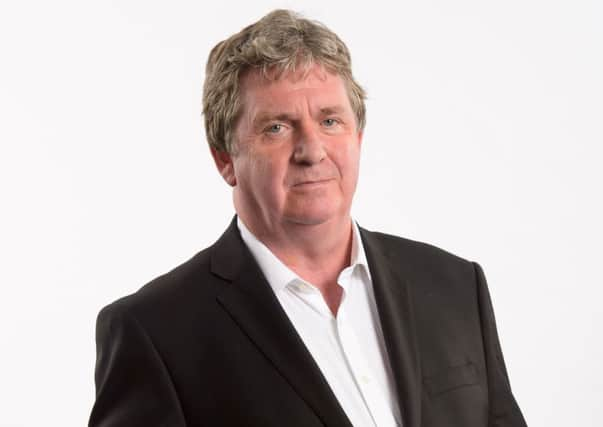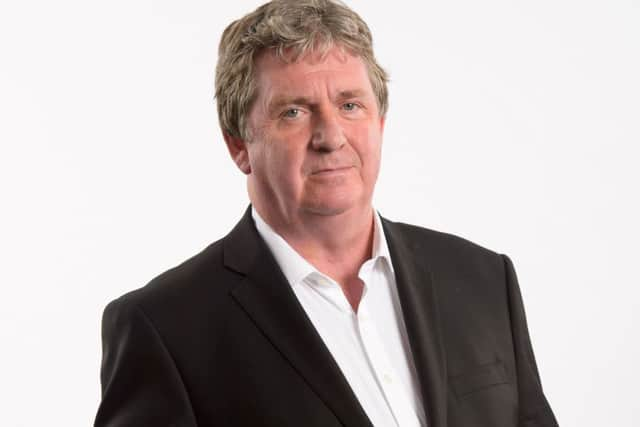Comment: HSBC getting more realistic


But more meaningful than short-term bad publicity is the new realism sweeping much of the industry about what is possible in terms of returns on equity in the post-crash banking world we now inhabit.
Under boss Stuart Gulliver, HSBC has pulled in its horns, now targeting a three-to-five-year return on equity of more than 10 per cent, well down from the 12 to 15 per cent target set in 2011.
Advertisement
Hide AdAdvertisement
Hide AdHSBC is not alone in this. International regulators’ crackdowns on the amount of capital banks must carry to back their loanbooks, both risk-adjusted and not risk-adjusted, means unduly toppy returns on equity are not feasible any more.


Gone are the days when a gung-ho Fred Goodwin at Royal Bank of Scotland could treat with some disdain a note by a leading banking analyst branding RBS one of the worst capitalised banks in Europe. The deck of leveraged cards collapsed.
Banks in those days were cockahoop, seeking better yield as they went financial white-water rafting around the world. The scope for such adventurism, if not gone for HSBC and its peers, has been sharply curtailed by the regulators.
Some say after the days of casino banking we will now go 360 degrees to a period of dull “utility” banking, providing basic services such as loans, deposits and payment services for households and businesses.
I doubt it. I think we will end up somewhere between the two. The worst excesses of the banking world’s risk-taking have already receded because of the sheer weight of regulatory compliance.
But banking’s waterfront is still more likely to be longer than just the basics. That is behind HSBC’s more realistic take on how much it can make its shareholders’ funds work for it.
Bob Diamond’s heady days of 15 to 20 per cent returns targets at Barclays look a bygone world we are not going to revisit.
The expectation of lower, but hardly pedestrian, returns is some sanity returning at the banks.
SUBSCRIBE TO THE SCOTSMAN’S BUSINESS BRIEFING